Have you ever been curious about why your breasts are the size and shape they are? You've likely seen enough in changing rooms to realize that everyone's breasts are unique. But what exactly influences the size, shape, and texture of your pair? Here, specialists shed light on the factors that contribute to your breast characteristics.
Have you ever pondered what influences the size and form of your breasts? Did you inherit them from your mother? Could they be a product of your environment, nutrition, or even your level of physical activity?

Genetic Factors
The breast gland is made up of glandular epithelium, fibrous stroma, and connective tissue, all encased in fat. The proportions of these components are influenced by hormonal levels and can fluctuate based on factors such as age, menstrual cycle, pregnancy, childbirth, and breastfeeding.
In the initial stages of development, the breast takes on a typical, hemispheric form. As one ages, and with changes in body weight, pregnancy, and lactation, the texture and density of the breast undergo significant alterations. The mature breast tends to become more relaxed and expands downwards and outwards, taking on a somewhat flattened, drooping shape over time. This phenomenon is referred to as 'breast ptosis'.
Breast sagging is a natural outcome of aging, and it varies greatly among women in terms of severity, speed, and onset age. It's influenced by numerous factors such as: Body Mass Index (BMI), weight fluctuations, smoking habits, pregnancies, breastfeeding, breast size, and the decrease in skin elasticity that accompanies aging.
The exact factors that determine breast size remain largely a mystery, but the shape of the breast relies on the proportion of fat to glandular tissue, as well as the level of support provided by the skin and the breast's suspensory ligaments, also known as Cooper's ligaments.

What Are Other Factors Associated With Breast Size?
We're aware that genetics significantly influence this, but what other elements are crucial? Changes in weight are a major factor. To comprehend this, it's beneficial to understand the composition of breasts. Your breasts are comprised of fatty tissue (also referred to as adipose tissue).
The existence of fat tissue in the breasts implies that your breast size can vary as you gain or lose weight. This also suggests that people with a higher body fat percentage may frequently have larger breasts.

Age
From adolescence to adulthood and into the menopausal phase, our bodies undergo numerous transformations. As we grow older, these evolutionary phases are frequently accompanied by hormonal shifts, which can undoubtedly influence the form, dimensions, and 'droop' of your breasts.

Menstrual Cycle
Hormones significantly influence your menstrual cycle, leading to periodic and monthly fluctuations in your breast size. A lot of women particularly observe breast enlargement and sensitivity just prior to their menstruation and/or during ovulation, which typically happens in the middle of their cycle.

Hormonal Birth Control
Hormonal contraceptives are utilized for various purposes, including regulating menstrual irregularities and avoiding pregnancy. They mimic the hormones produced during your natural menstrual cycle, which can occasionally lead to water retention and breast sensitivity/swelling. These side effects are typically more pronounced during the initial months of contraceptive use but should lessen over time.

It's common for your breasts to significantly increase in size, possibly doubling or tripling, during pregnancy. One of the earliest indications of pregnancy is a growth in breast size. As soon as two weeks post conception, your breasts begin to expand and alter in readiness for milk production.
The hormones estrogen and progesterone trigger the enlargement of the milk-producing glands in your breasts and a slight increase in fatty tissue. By the conclusion of your first trimester, your breasts and nipples will have noticeably grown, and they may continue to expand throughout your pregnancy. The enlargement of your breasts contributes to at least a pound of the weight you put on during pregnancy.
Your breasts might stay larger for some time after childbirth. Regarding breastfeeding, studies indicate that it doesn't negatively impact the look or volume of your breasts.

What You Can Do to Change Breast Size?
Smoking poses numerous health hazards, including a reduction in skin elasticity that can impact the sensitive skin and breast tissue. This can lead to drooping breasts. Some women may interpret this as a change in size, but it's primarily a change in form unless there are other alterations.
Gaining or losing weight can certainly influence the size and form of your breasts. However, it's important to understand that it's challenging, if not impossible, to direct fat gain or loss to a particular body part.
Furthermore, if your weight is within a healthy range, we strongly advise against losing or gaining weight solely to alter your breast size. Keep in mind, if you lose or gain weight, it will be spread across your entire body, impacting not just your breasts but other areas too.

Classic Scoop T-shirt Bra 9012
Try Different Bra Styles
Various bra designs pledge to enhance your cleavage, while some assert to reduce your bust size. It's beneficial to experiment with diverse bra styles to discover what makes you feel most at ease with your figure and in your own skin.
We highly advise getting an accurate fitting—a poorly fitting bra can leave you feeling quite uncomfortable. An incorrect size or fit of bra can spoil your day, but it can also lead to dissatisfaction with the size and shape of your bust. The appropriate bra can be a transformative element.



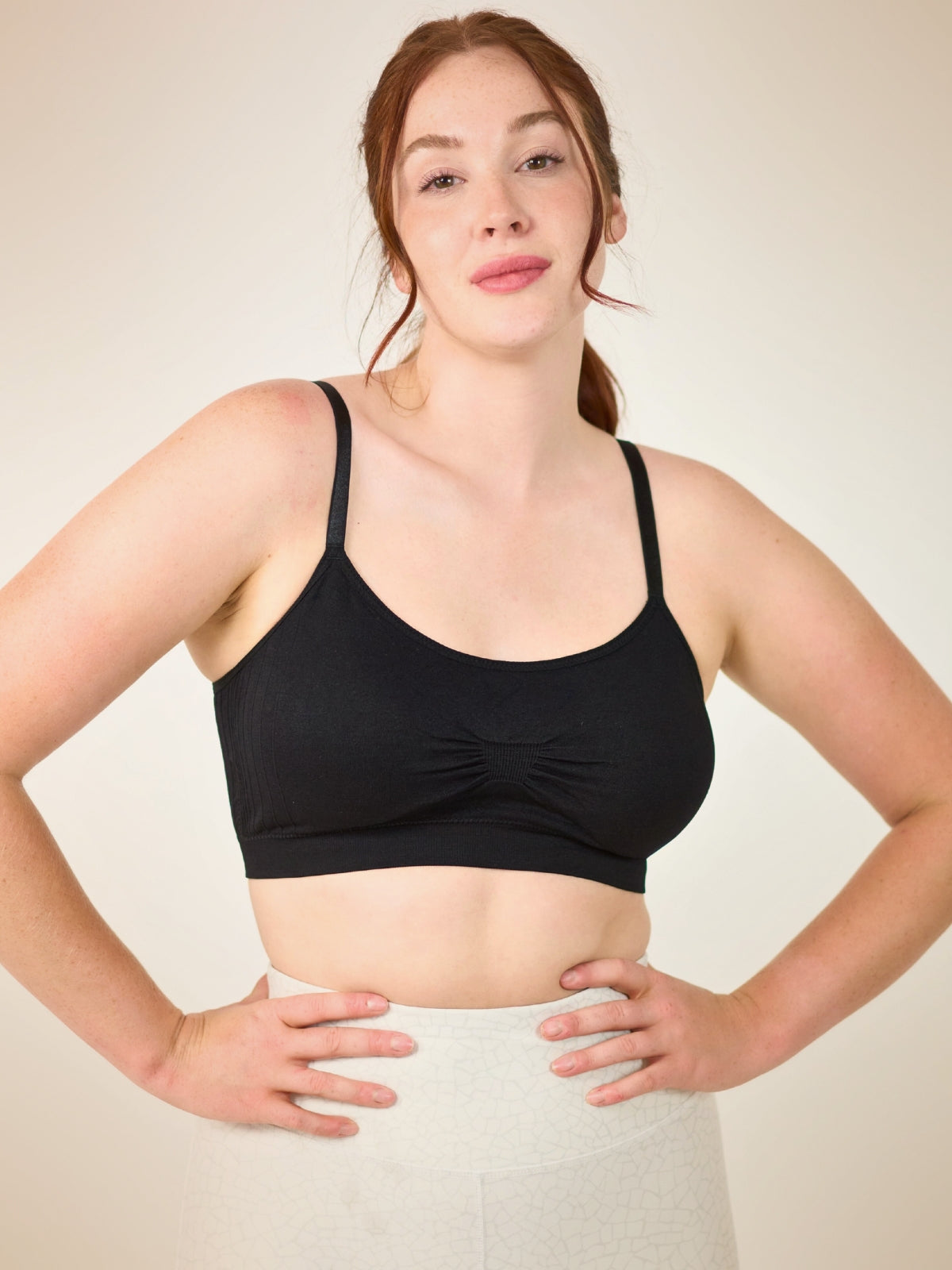
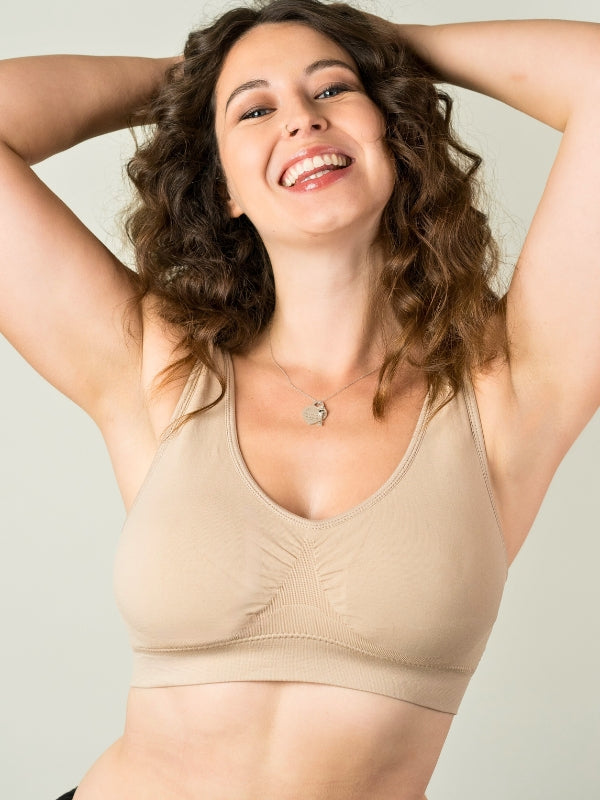
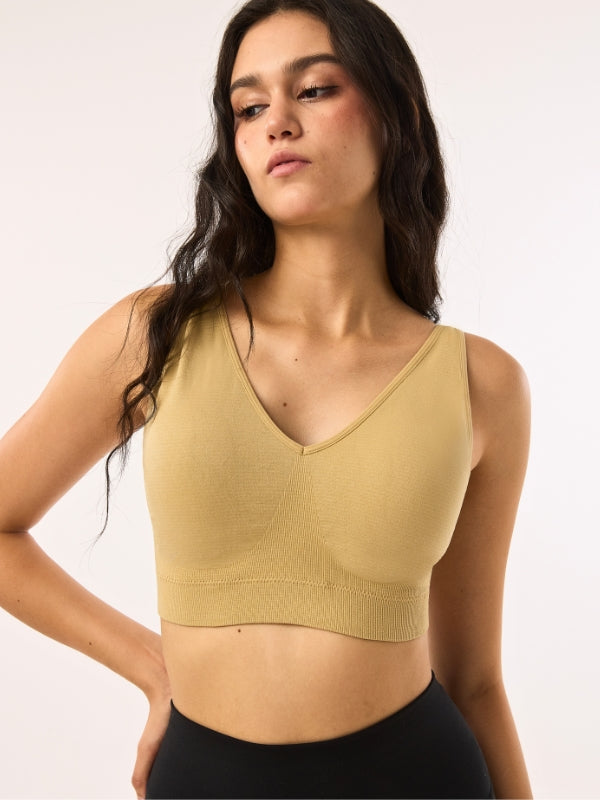
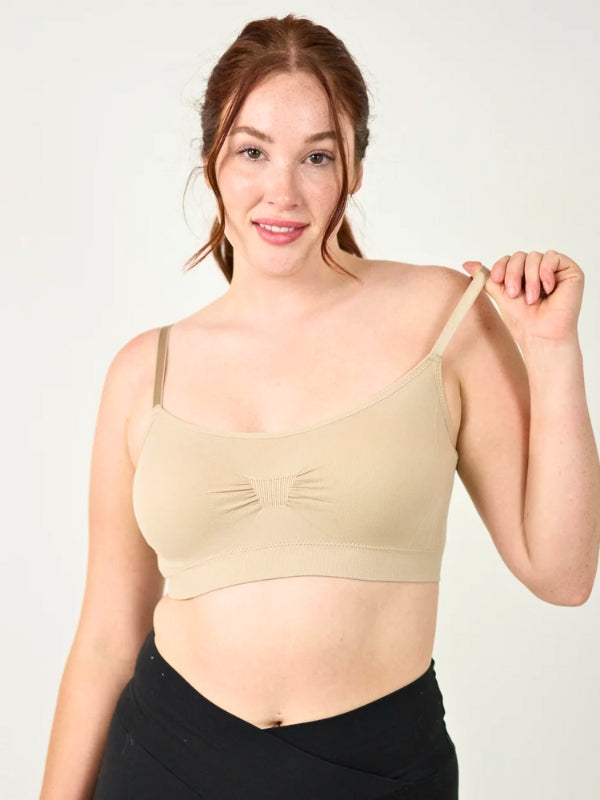
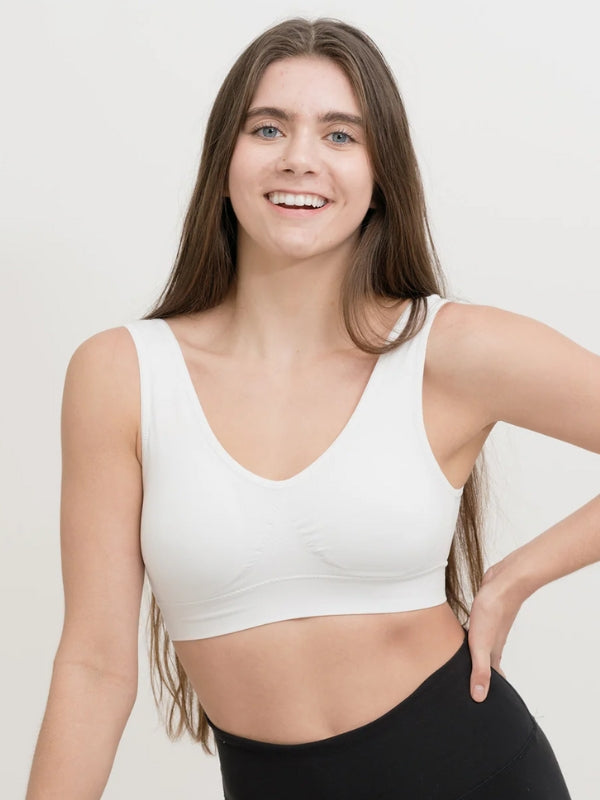
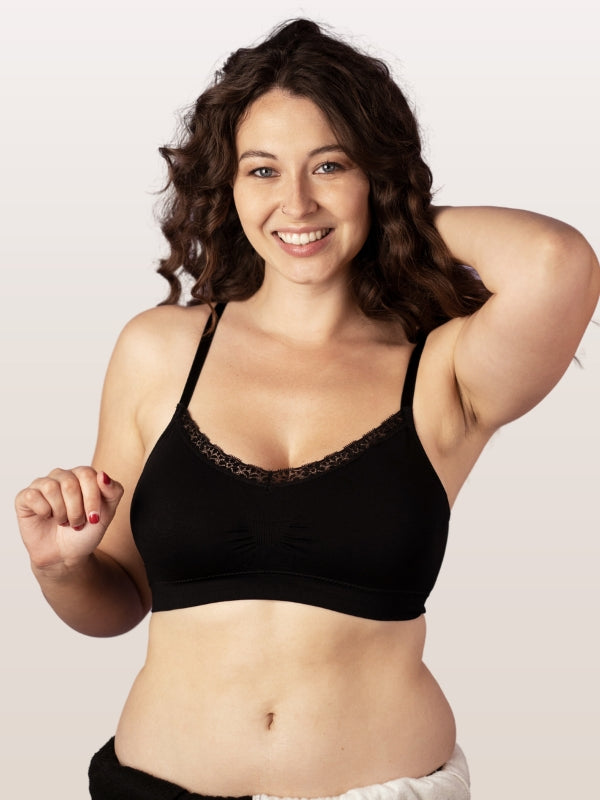
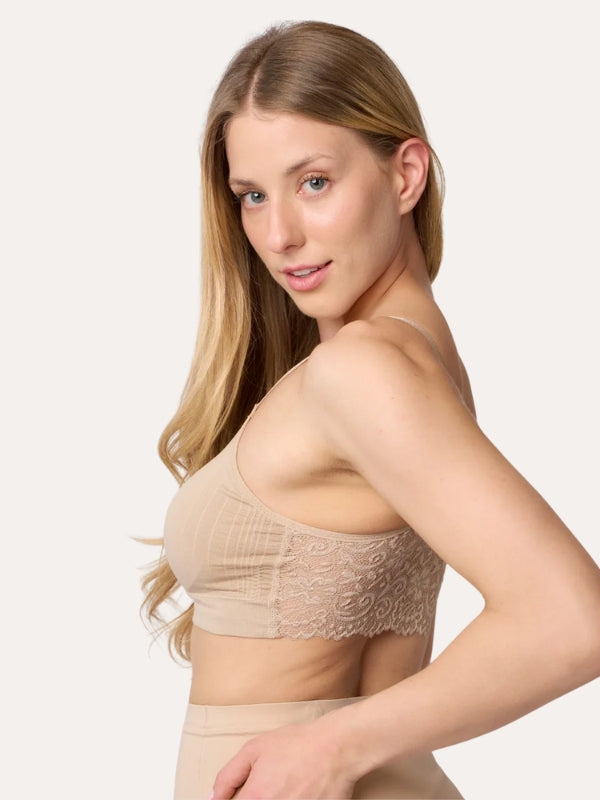


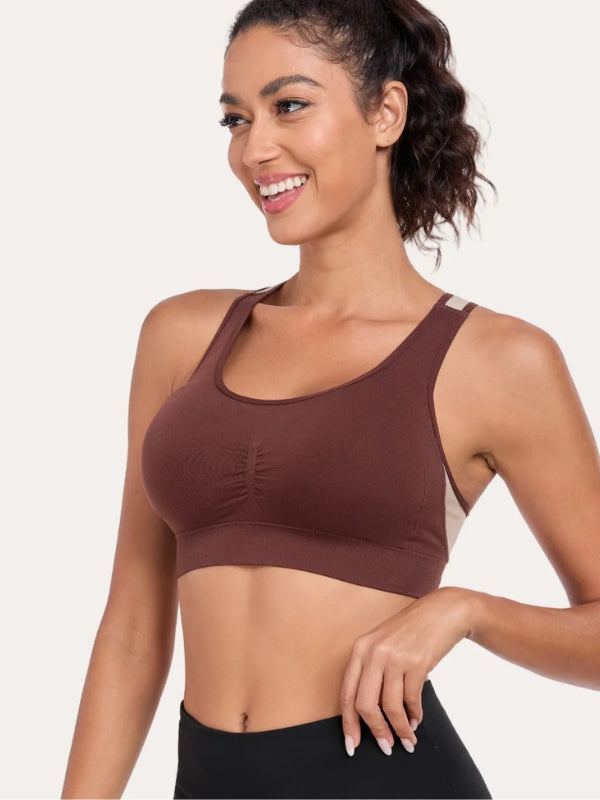
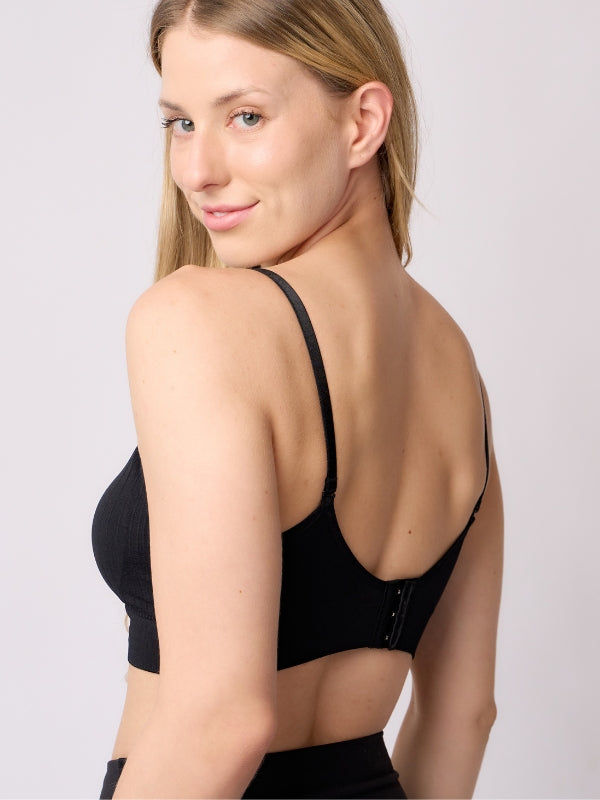


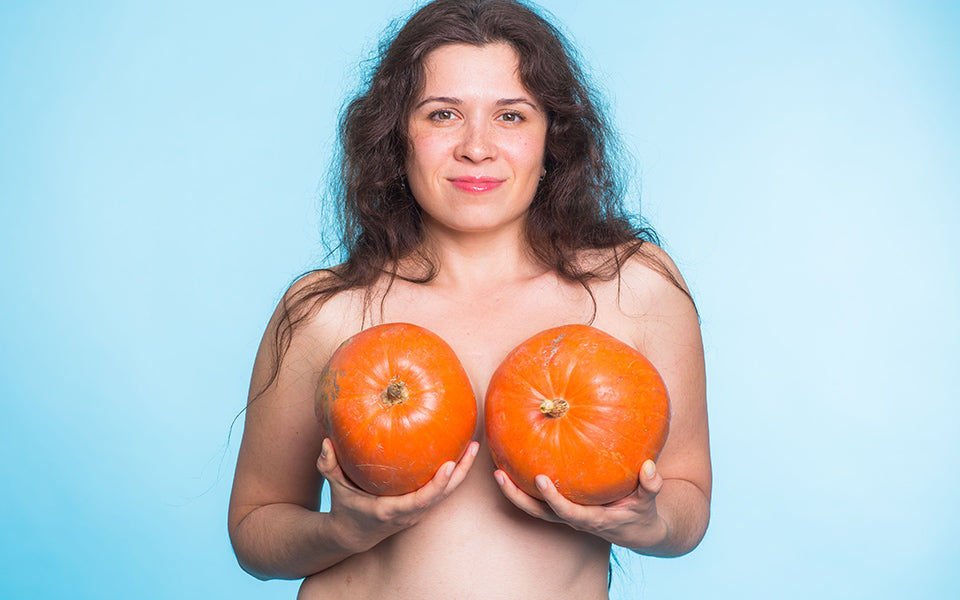
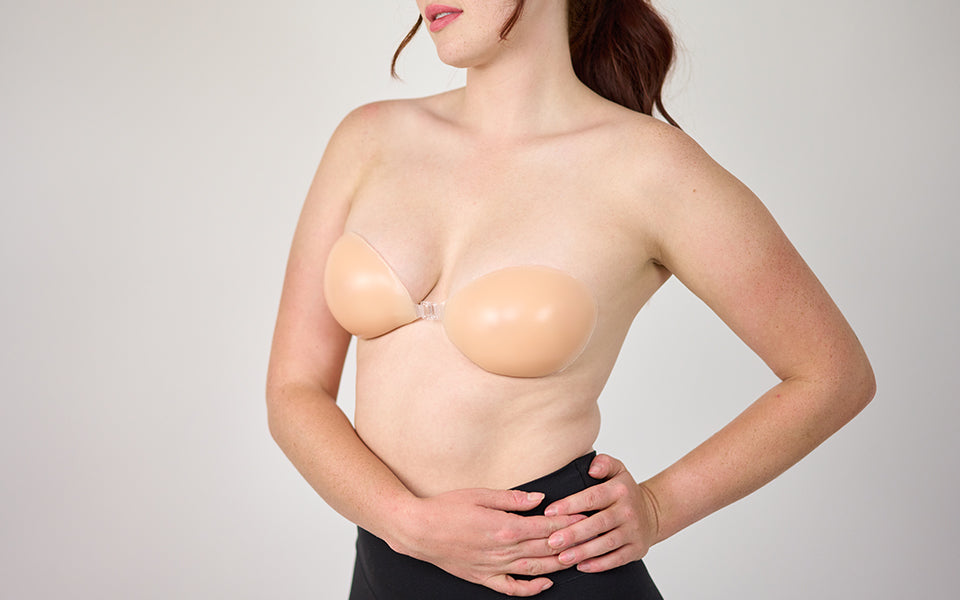
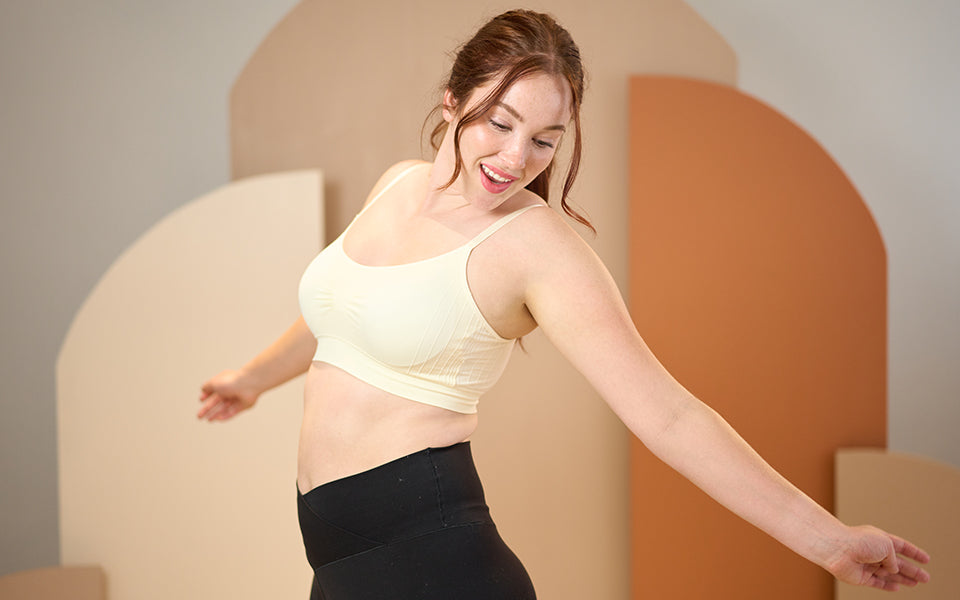
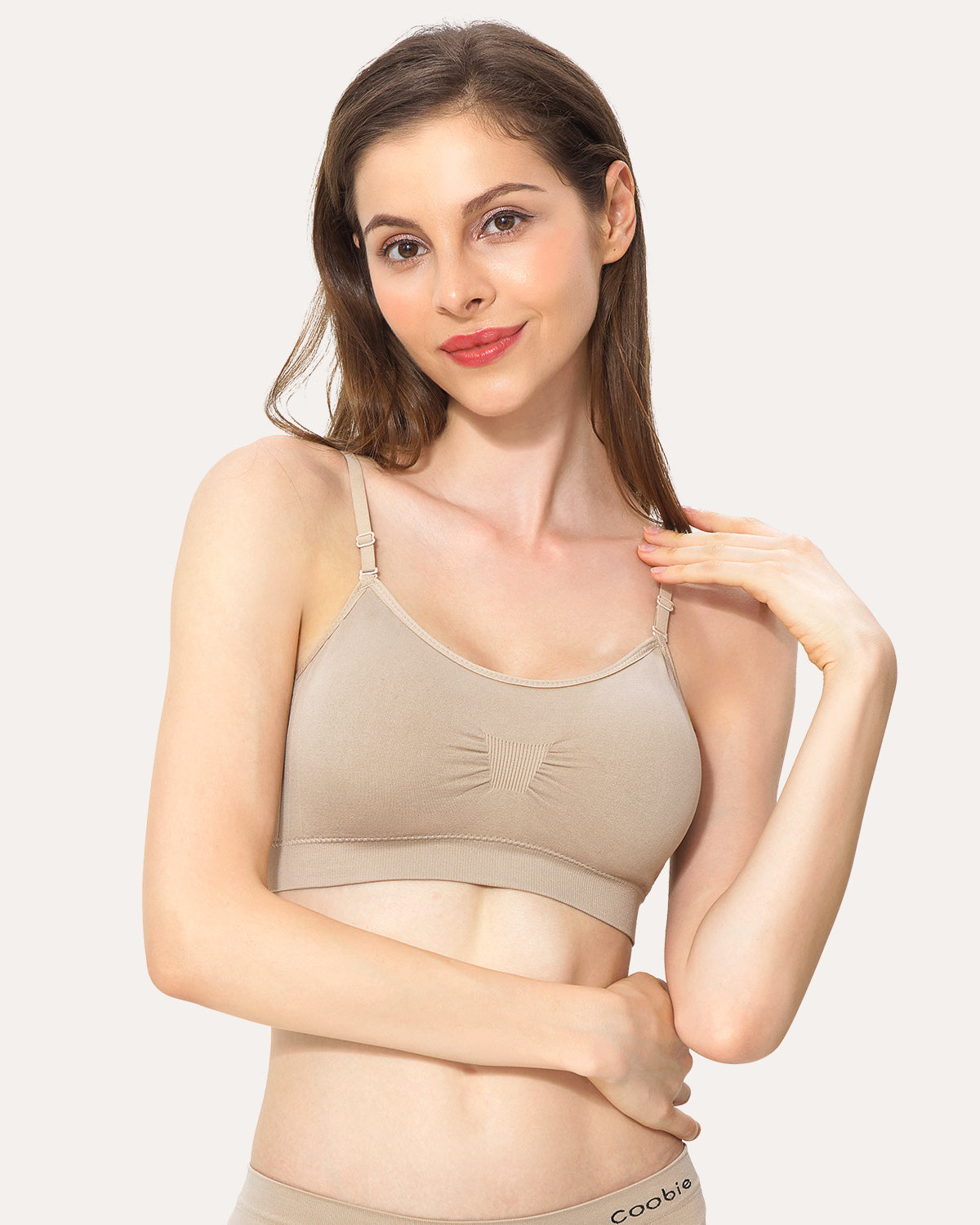

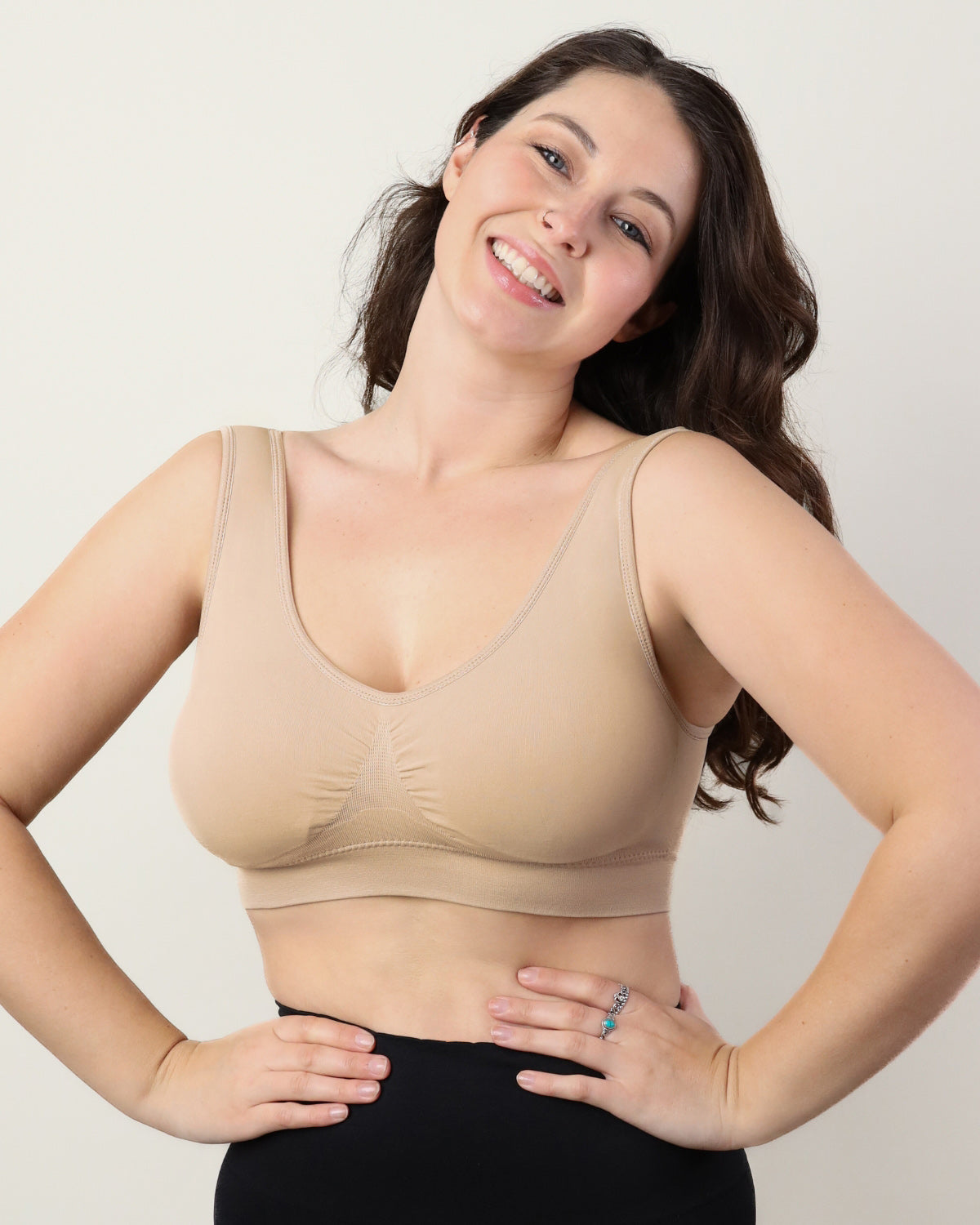

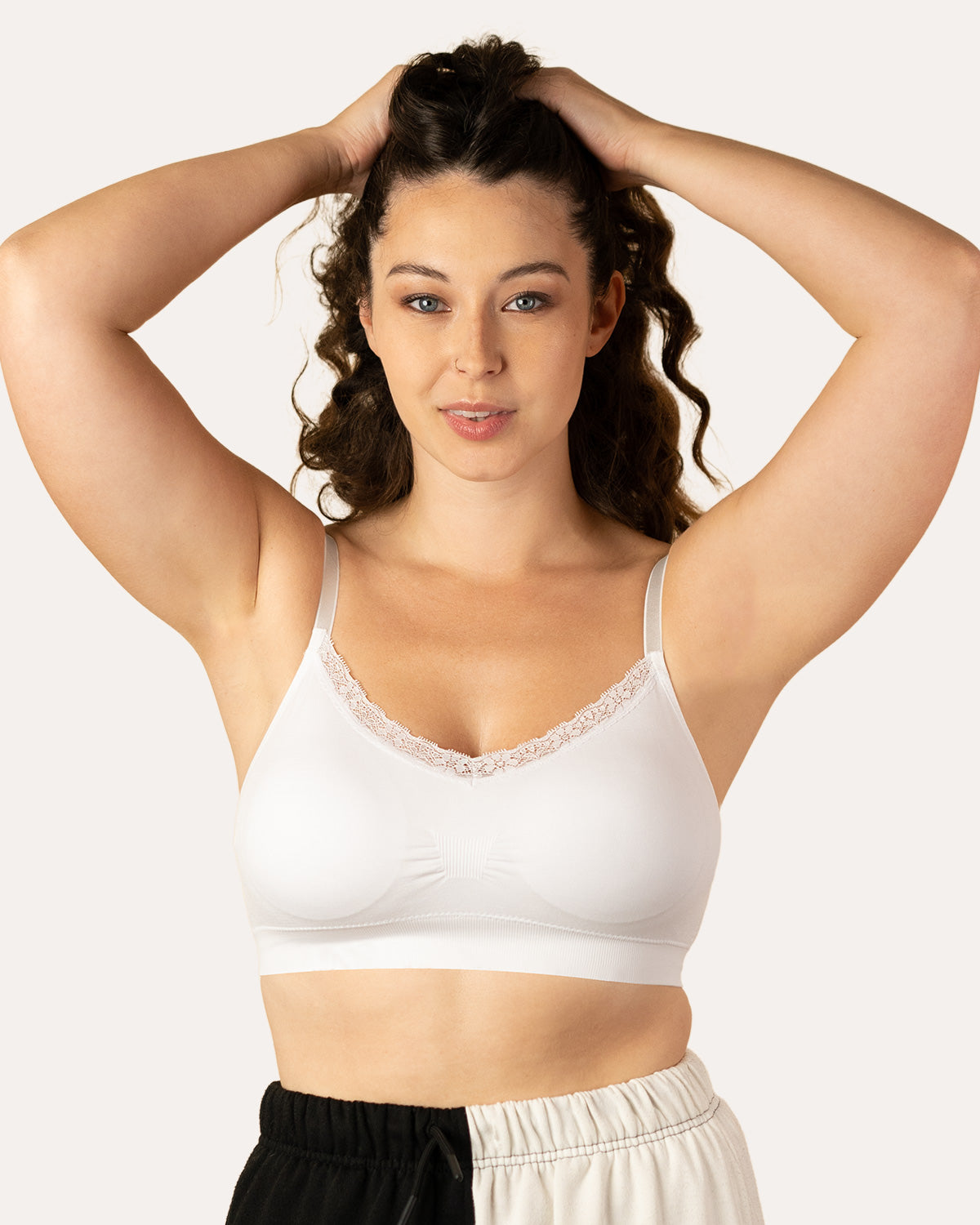
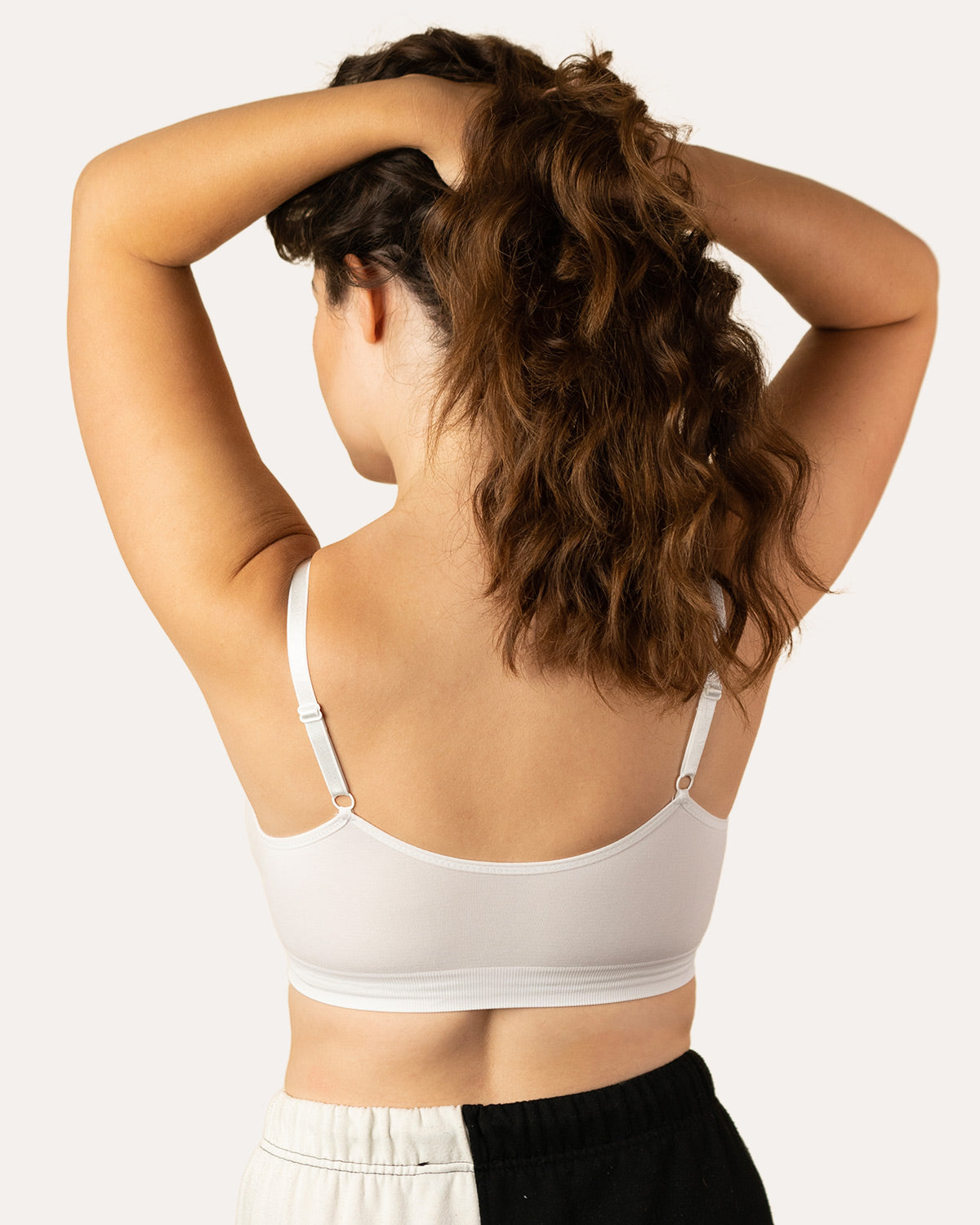
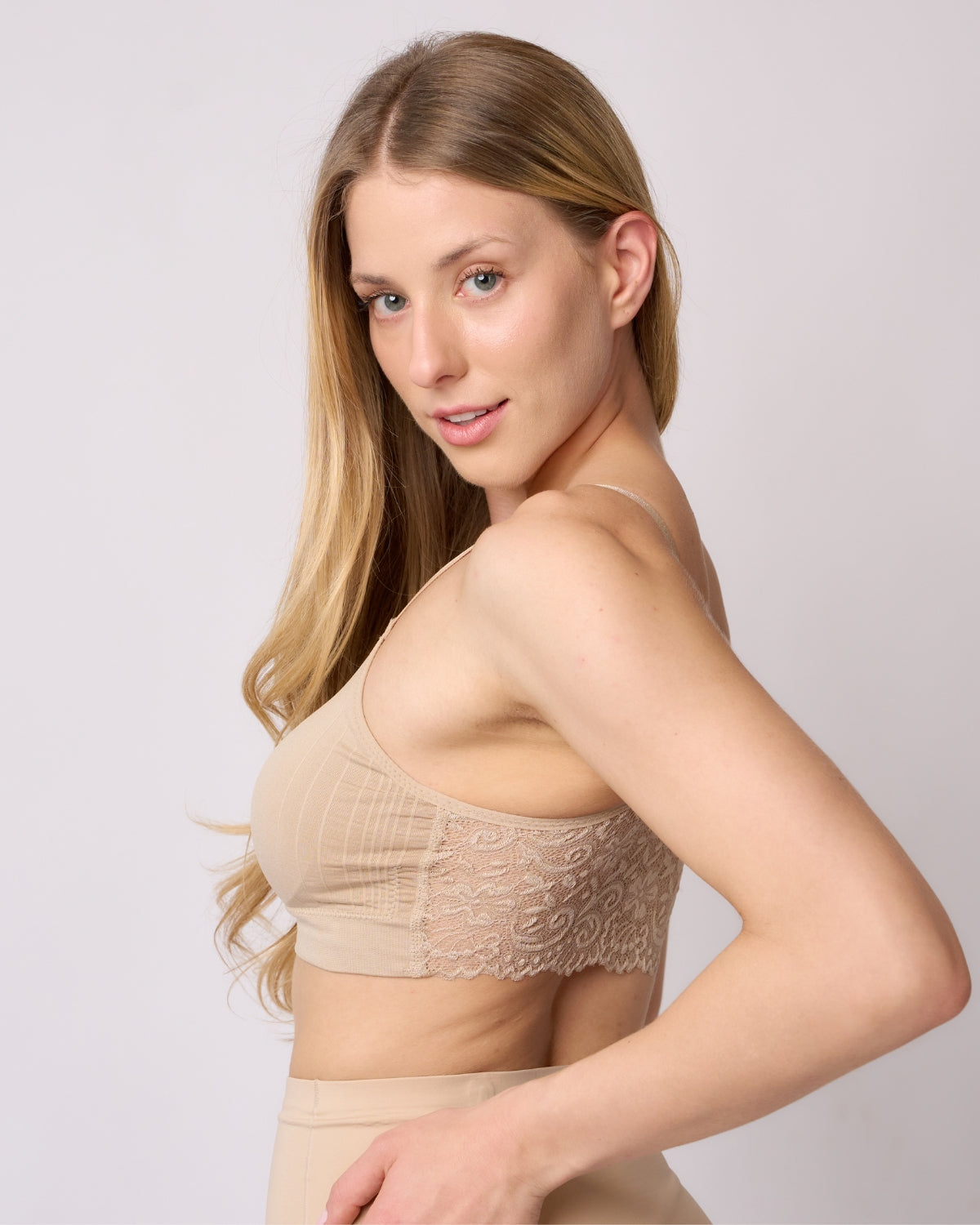
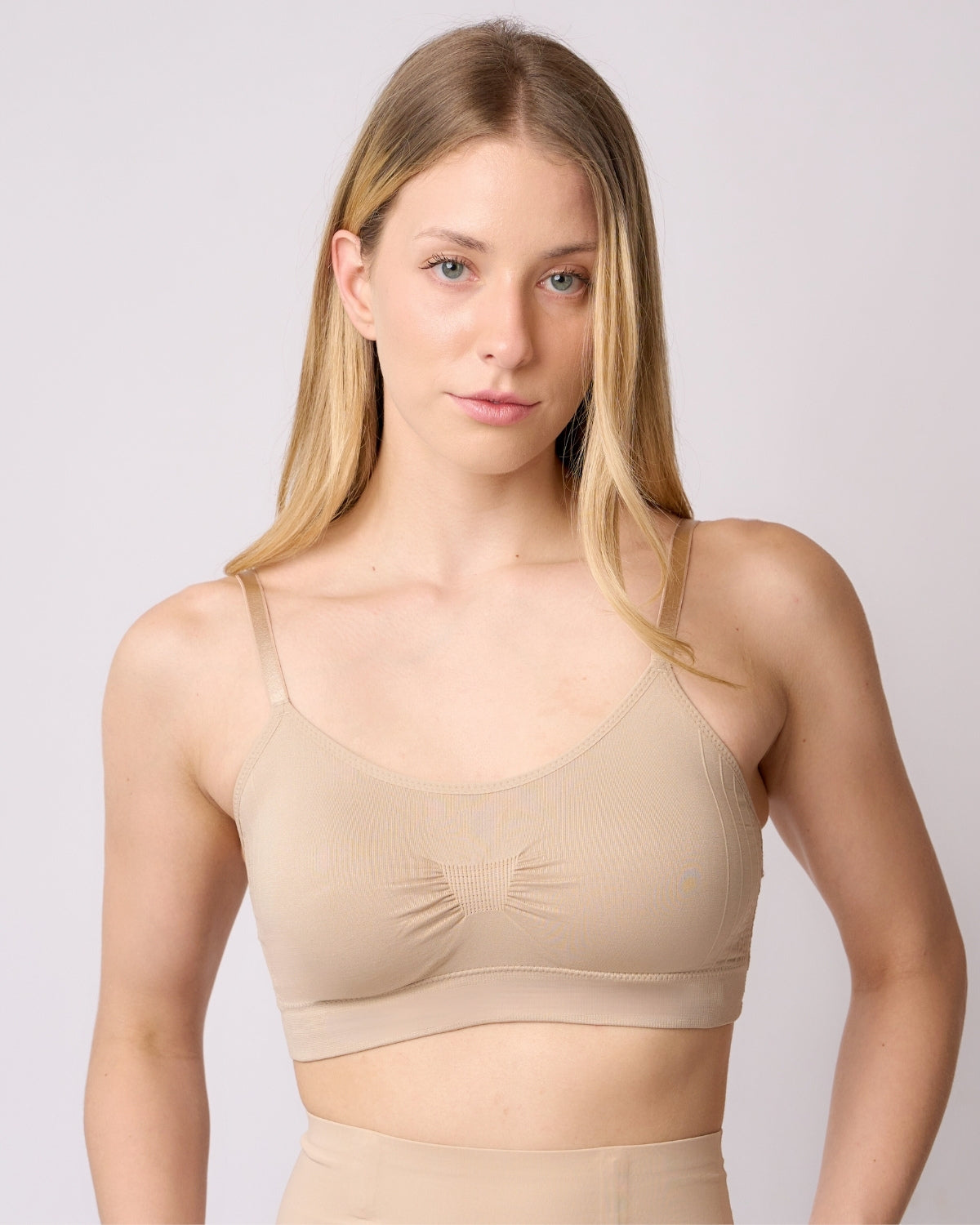
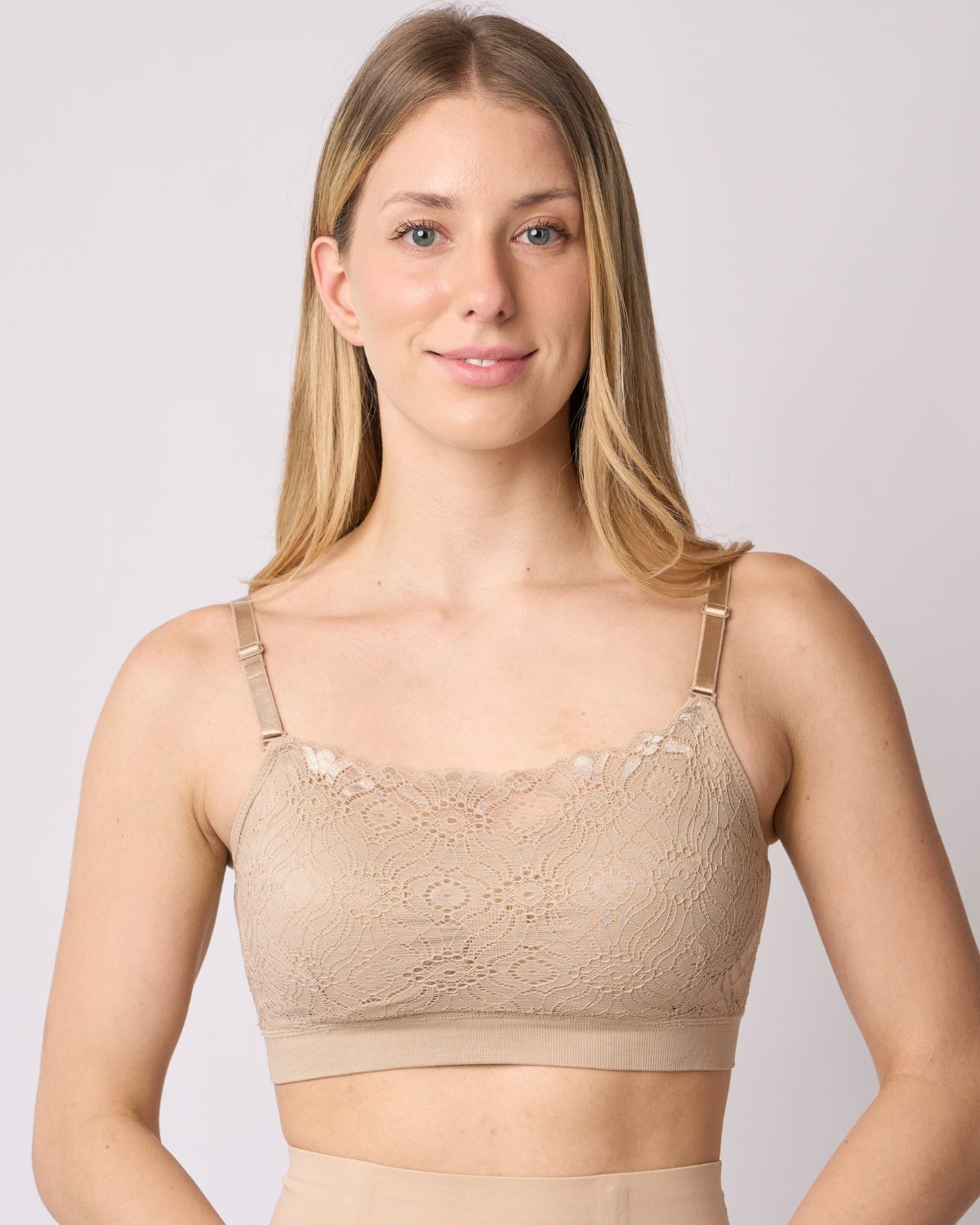
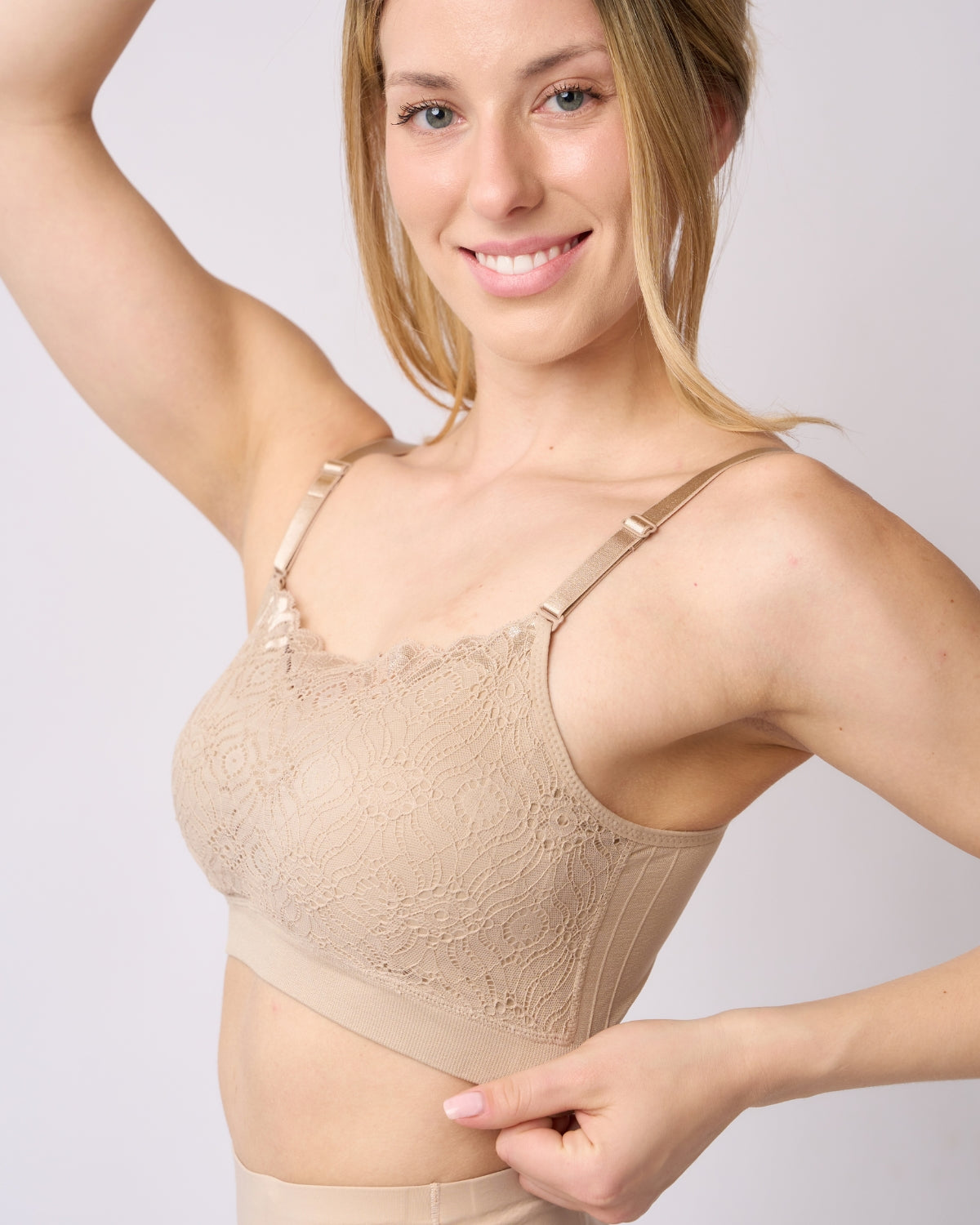
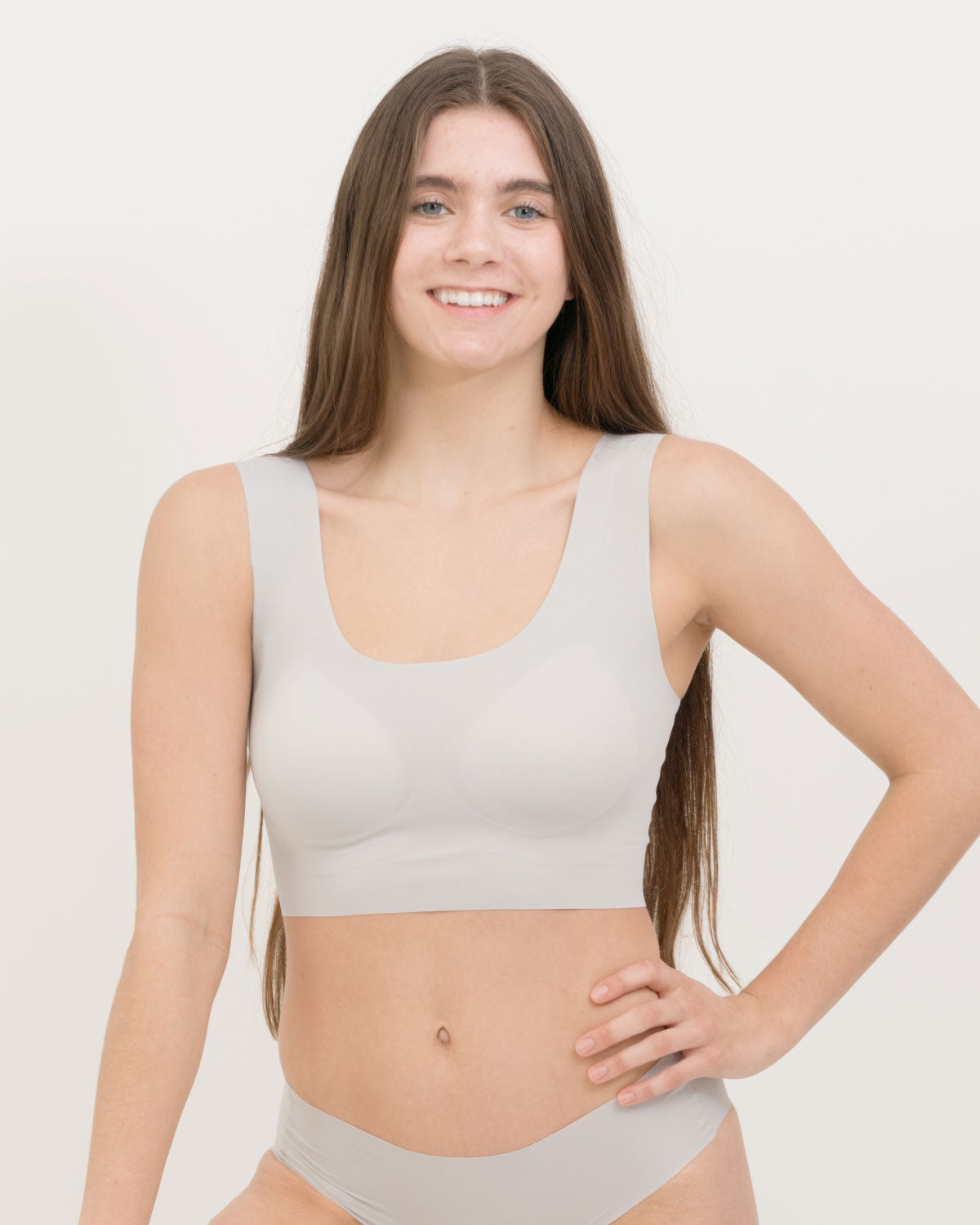
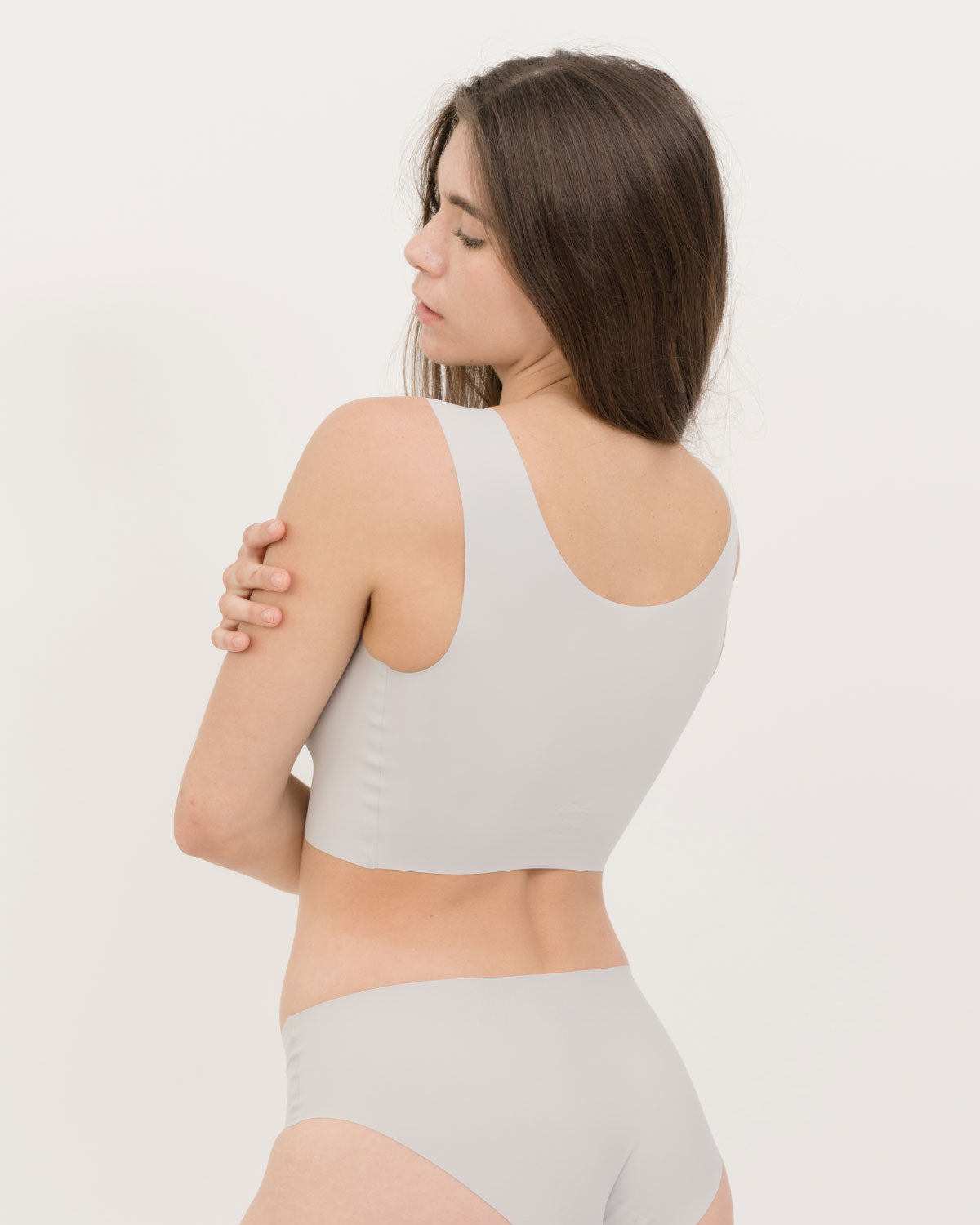
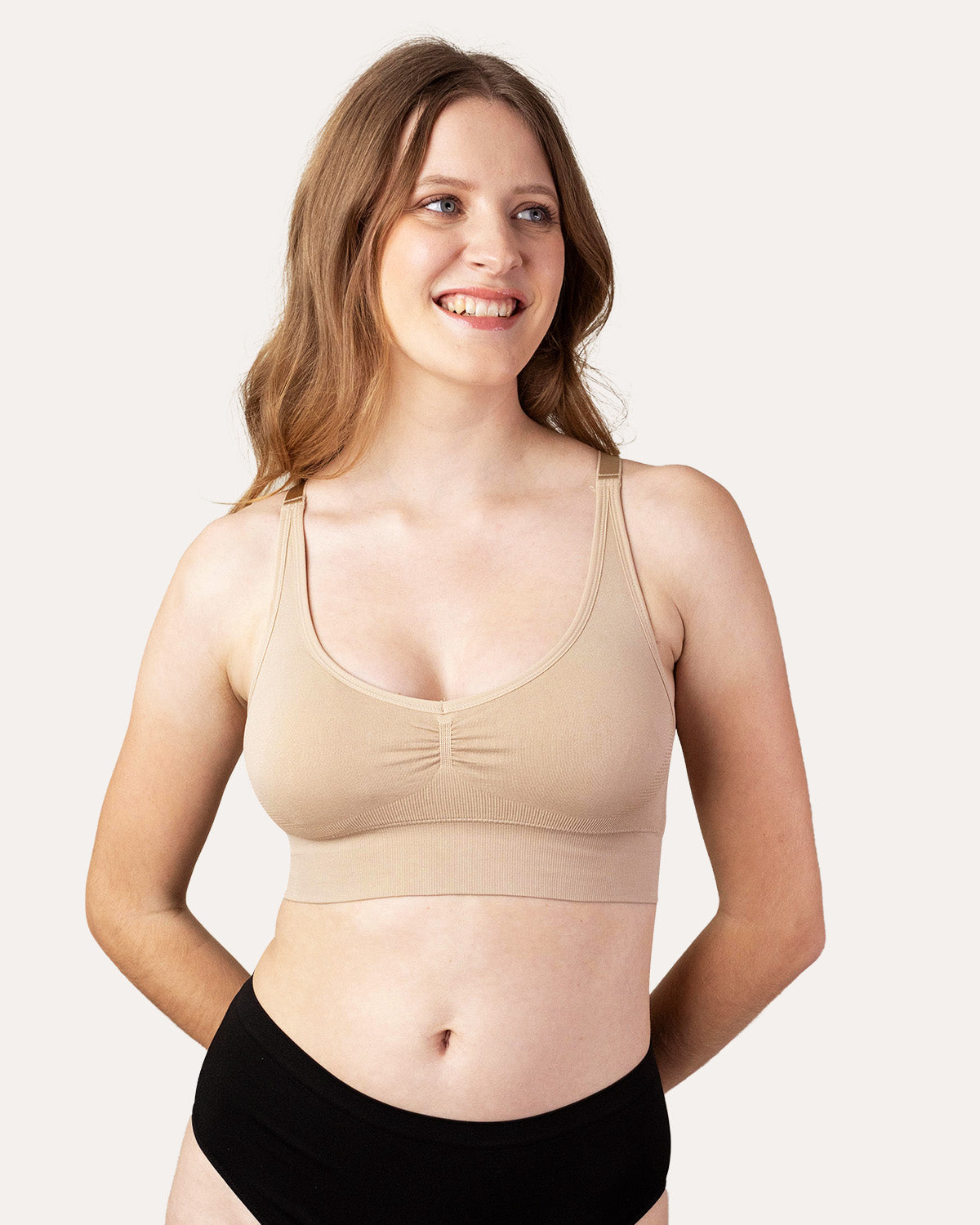
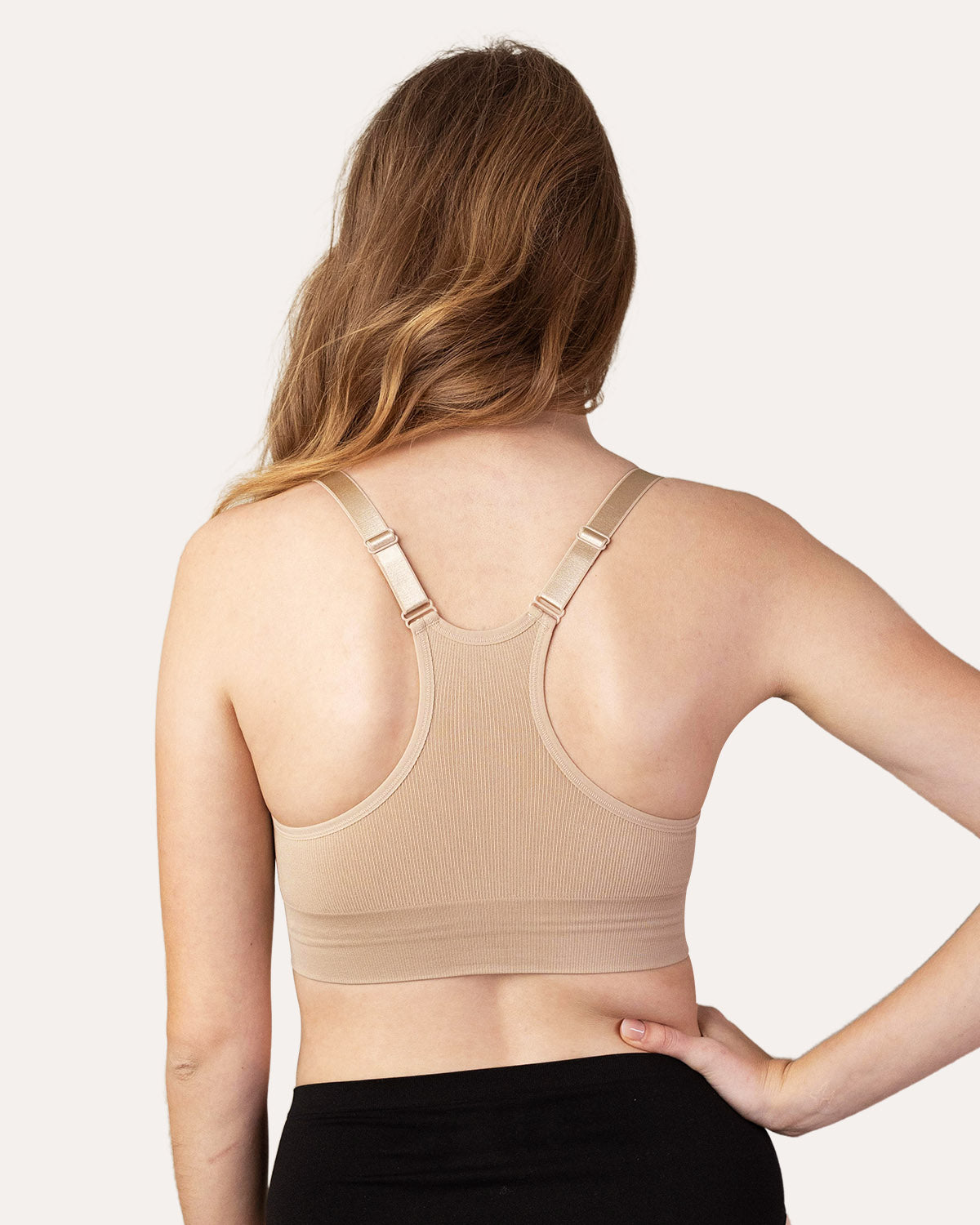
Leave a comment
This site is protected by hCaptcha and the hCaptcha Privacy Policy and Terms of Service apply.